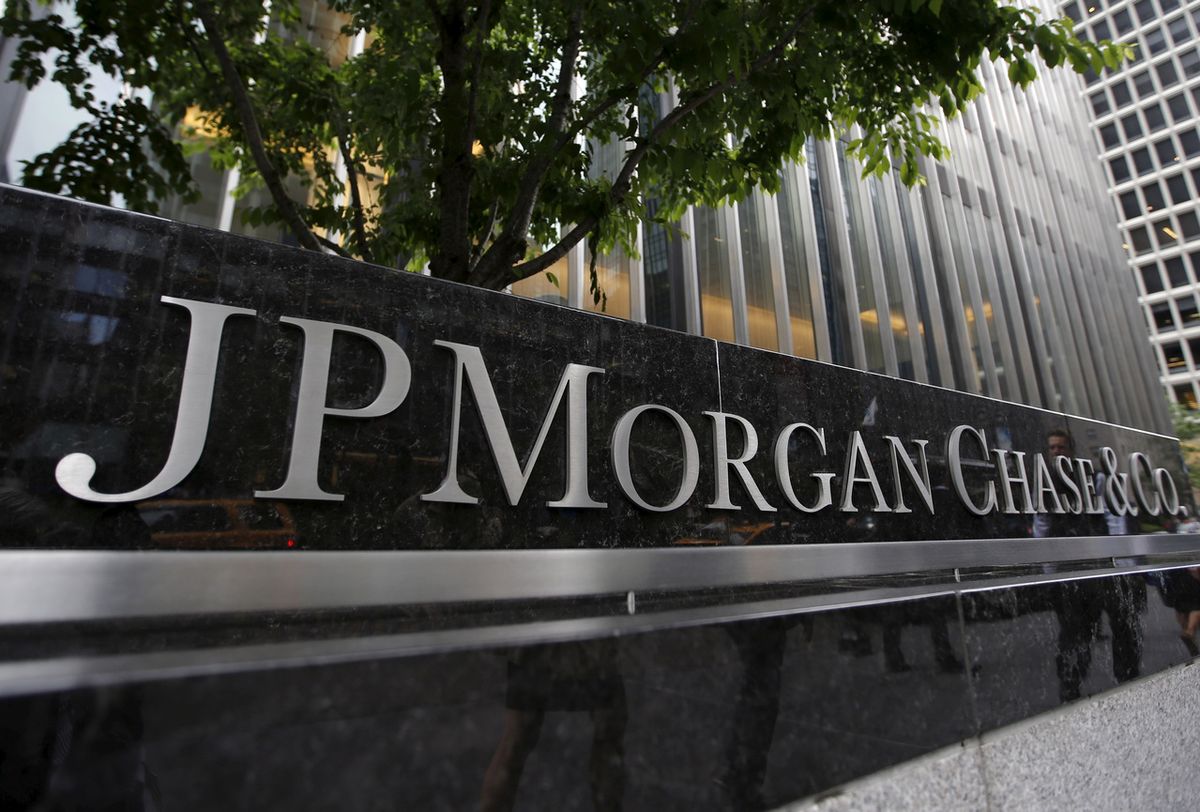For the first time ever, big banks are going green

A few minutes every morning is all you need.
Stay up to date on the world's Headlines and Human Stories. It's fun, it's factual, it's fluff-free.
But this year is proving different because, for the first time ever, green energy initiatives currently have more funding than the fossil fuel industry.
For the first time ever, big banks are going green and oil and gas providers are being forced to cut emissions.
How much have banks committed to fossil fuels vs green energy projects?
- When the Paris Climate Accord was drafted and presented in 2015, it was clear that Wall Street had a preference when it came to investing in energy: fossil fuels were the way to go.
- In 2015, the difference between investments in green energy and fossil fuels was insane. Wall Street had committed US$731.9 billion to fossil fuels and only US$67.6 billion to green energy initiatives.
- Those numbers didn’t really improve with time. In fact, 2018 proved to be the biggest year ever for fossil fuels with US$768.4 billion invested in the industry by big banks.
- But this year is proving different because, for the first time ever, green energy initiatives currently have more funding than the fossil fuel industry.
- Green projects currently have US$203.6 billion of funding while fossil fuels only have US$189.3 billion worth of funding.
Which major banks are involved?
- When banks provide loans, they earn money based on the fees attached to those loans. The data gathered by Bloomberg makes it easier to understand just how much banks are investing in an industry based on how much they are earning.
- To put it a bit more simply, more loans equals more fees for the banks.
- JPMorgan Chase is the largest bank in America as well as the largest supporter of the fossil fuel industry.
- In the past, New York-based JPMorgan has earned about US$903 million in revenue by working with nonrenewable energy companies since the Paris Climate Accords were signed, but only US$228 million for working with green energy companies and government agencies.
- But JP Morgan has recently made a shift in investments that align more closely with standards set by the Paris Climate Accord.
How are JP Morgan and other banks making changes?
- So far this year, JP Morgan is the leading provider of green bond sales, followed by BNP Paribas SA, Credit Agricole, Citigroup and HSBC Holdings PLC, according to data provided by Bloomberg.
- The fees earned by big banks in the first four months of 2021 were more than three times the amount of what banks earned during the same period in 2020. This shows that banks are providing more loans for green energy projects.
- While the margin between the two industries is narrowing, the support for fossil fuels is still going strong.
- The data shows that banks are earning about 40% more in fees for helping out fossil-fuel companies by providing them loans.
What else is happening in the fossil fuel industry?
- Big changes are currently taking place around the world as a large distributor for the fossil fuel industry comes under fire in court.
- On May 26, Royal Dutch Shell PLC, one of the largest oil and gas providers in the world, lost a historic case in which the company has been ordered to reduce its carbon emissions by 45% by 2030 compared to 2019 levels.
- Shell’s total greenhouse gas emissions were around the same as the entire country of Russia, which is currently the world’s fourth-largest polluter.
- Shell had originally committed to reducing their emissions by 20% by 2030, but the court decided that those promises were not enough. The company has announced that they will be seeking to appeal the court’s decision.
- “Companies have an independent responsibility, aside from what states do,” presiding Judge Alwin said. “Even if states do nothing or only a little, companies have the responsibility to respect human rights.”
Have a tip or story? Get in touch with our reporters at tips@themilsource.com




Comments ()